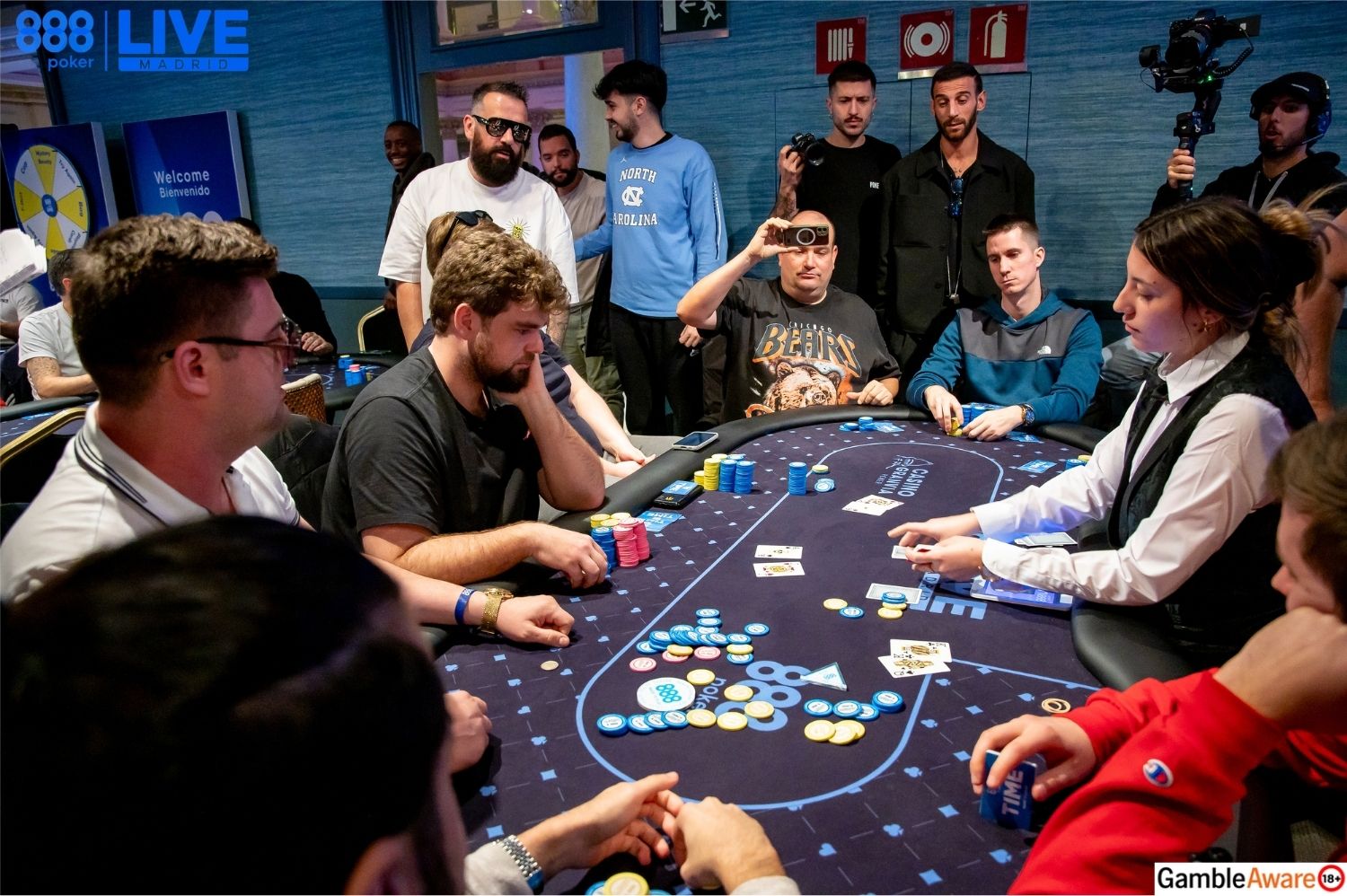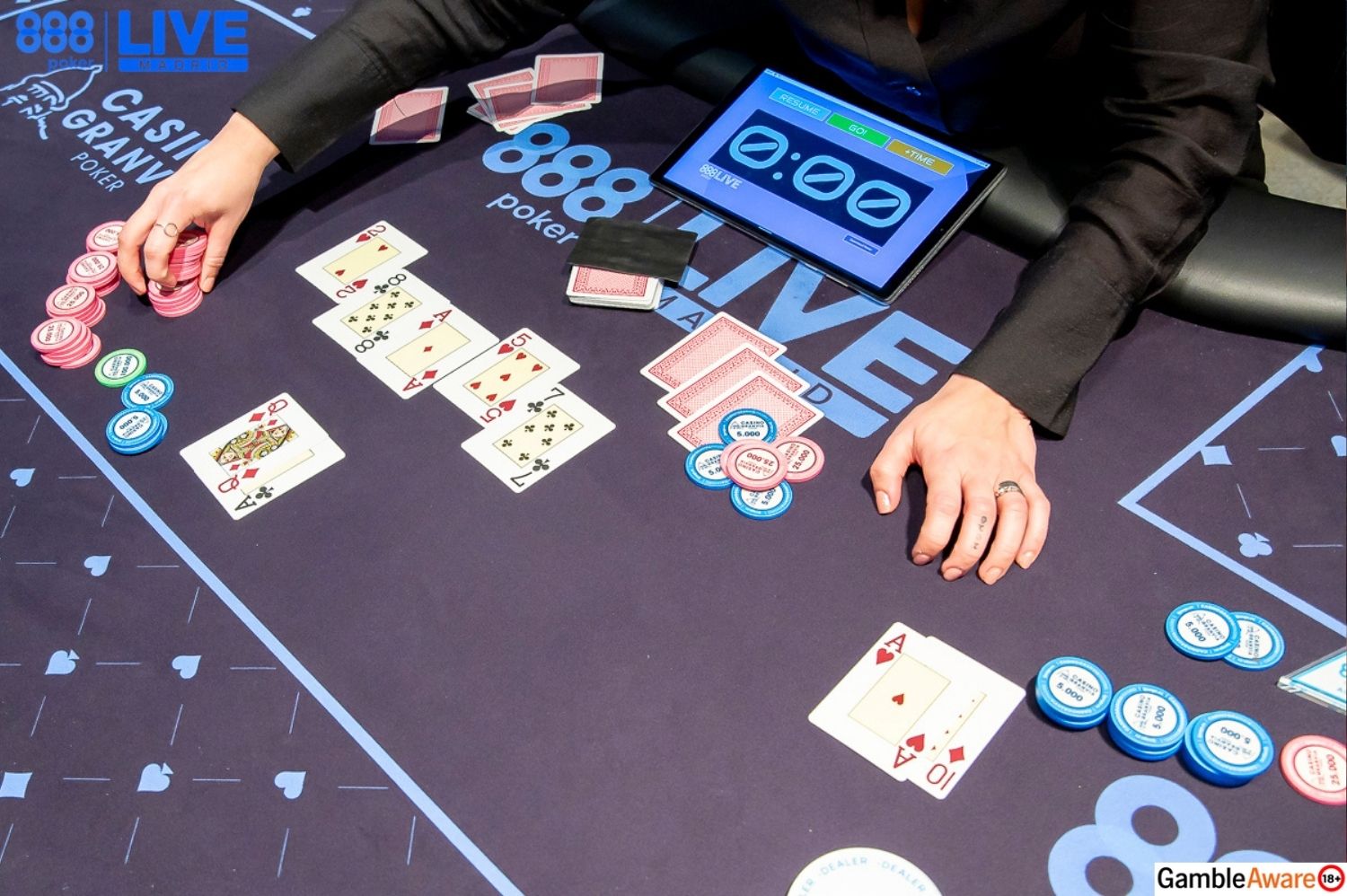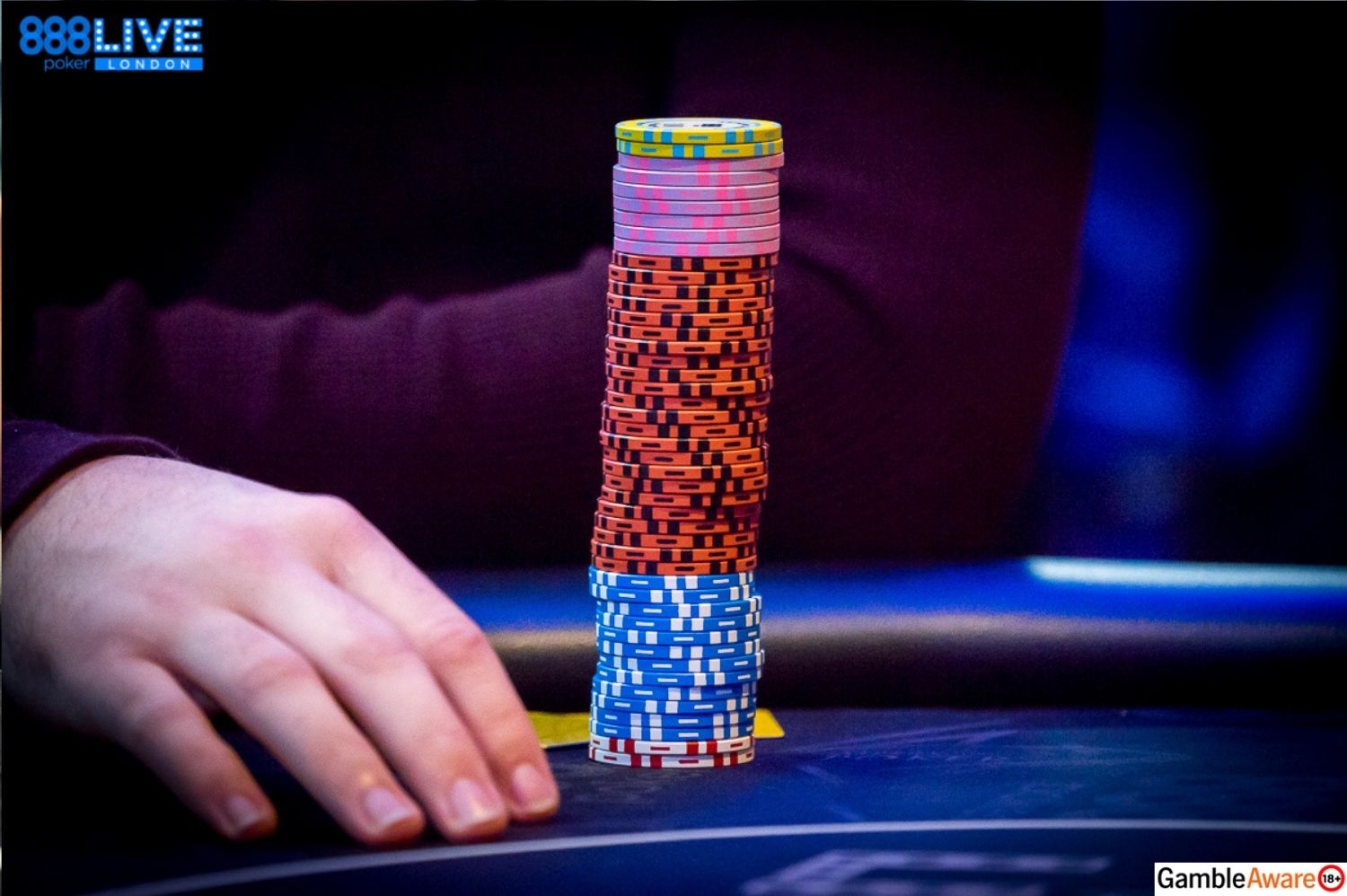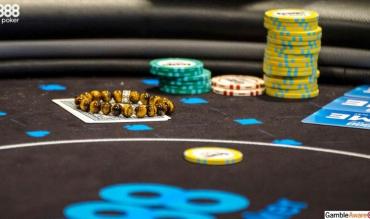Updated on June 20, 2025
Tournament poker creates unique situations that never happen in cash games. Few moments generate as much tension and strategic complexity as the bubble in poker.
- On the bubble in poker tournament every decision carries heightened consequences.
- One mistake can mean walking away empty-handed or securing a payout.
Understanding what the bubble is in poker is one of the fundamental aspects of tournament play. This article will cover one of the most essential phases in poker tournaments.
What is the Bubble in Poker?
When asking what does bubble mean in poker, the answer centres on a critical tournament phase. The bubble occurs when only a few players need to be eliminated before reaching the prize money.
Players are reluctant to bust out of the tournament during this period since they will go home with nothing.
In the poker dictionary, getting knocked out during this stage of the tournament is called as “the bubble boy/girl” or "bubbling".
Types of Bubble in Poker Phases
The Money Bubble

When most players hear "money bubble," they think of that critical moment right before anyone reaches the money. This poker tournament scenario represents the classic bubble.
In these situations, tension runs high as players realise, they're just a few eliminations away from securing a payout or being eliminated with nothing but a story to tell.
Pay Jump Bubbles
Miniature bubbles can occur during big payout jumps in the prize structure.
Consider the following scenario:
- Finishers between 61st and 80th place get paid $50
- Finishers between 41st and 60th get paid $100.
Players will be reluctant to bust out in 61st place since outlasting one more player means a significant pay jump.
Final Table Bubble
This final table bubble is where the tournament is one elimination away from the final table. This bubble phase is the most crucial after the money bubble because it’s the moment the tournament transitions to its final stage.
Each pay jump is usually a big one, and strategy changes completely from this point on.
Hand-for-Hand on the Bubble
Hand-for-hand play became common on the money bubble and sometimes during final table bubble play. This procedure ensures fairness by having all tables play simultaneously, preventing players from stalling to gain an advantage.
It also ensures that in a simultaneous all-in and call situation on different tables, the player with fewer chips is the bubble boy or girl in case of double elimination.
Example of Bubble used in a sentence ->
The larger stacks can get away with stealing more aggressively on the bubble to build up their stacks. No one wants to give them action until the bubble has burst.
Strategic Considerations During Bubble Play
Players with bigger stacks are often at an advantage during bubble play. Shorter stacks play conservatively to avoid committing all their chips. It’s a natural reaction for players to “hang in there” until they get to the next pay jump or reach the money after the bubble bursts.
It’s also correct for them to do this in many cases due to poker ICM (independent chip model) considerations. Shorter stacks must play tight ranges because of specific stack depths, also known as “being under ICM pressure”.
Bigger stacks can aggressively target shorter stacks since they don’t need to fear getting knocked out of the tournament.
On the other hand, shorter stacks may pass on plays, which would carry a positive expectation in GTO poker theory. But the play would be losing plays in terms of real monetary values due to ICM pressure.
Recognising Bubble Dynamics
Tournament officials and dealers announce when approaching bubble in poker situations, but experienced players spot the signs earlier.
- Pay attention to the prize structure and remaining player count.
- When you're within 5-10 eliminations off the money, expect the pace to slow and strategies to shift.
Stack sizes become more relevant during this phase. For players still learning what does bubble mean in poker, it's essential to understand that medium stacks face the toughest decisions.

Medium stacks are caught between the aggression of big stacks and the desperation of short stacks.
Position matters more since stealing blinds and a poker bluff becomes easier and more profitable when opponents tighten up.
Common Bubble Mistakes
New players make predictable errors during the bubble in poker phase. Some become overly conservative with decent hands, folding their chances of building a meaningful stack for the money rounds.
Others panic with short stacks and shove too wide, ignoring that survival is sometimes more crucial than immediate chip accumulation.
Understanding when to deviate from standard play separates good tournament players from great ones.
- Grasping bubble strategy involves recognising that the mathematically correct play means folding a typically strong hand.
- Other times, it means being more aggressive than what’s comfortable.
Bubble in Poker Wrap-Up
Bubble in poker tournament play represents one of the most fascinating strategic battlegrounds.
Success requires the following skills:
- Balancing mathematical considerations with psychological awareness
- Understanding when survival trumps chip accumulation
- Comprehending when aggression pays despite the risks
Master these concepts, and you'll navigate this potentially stressful phase with confidence, turning it into a profitable opportunity.

FAQ - Bubble in Poker
How long does bubble play typically last?
Bubble play duration varies widely based on tournament size and structure. Small tournaments might see the bubble burst within 10-15 minutes, while major events can experience bubble play lasting over an hour.
Hand-for-hand play slow things down considerably.
What happens when the bubble bursts?
Once the bubble player is eliminated, the remaining players have secured their minimum payout. Play usually speeds up immediately as ICM pressure decreases, and players can make decisions based on poker chips value rather than survival.
Should I always play tight on the bubble?
Not necessarily. Your strategy should depend on the following three aspects:
- Stack size
- Position
- Table dynamics
Big stacks can apply pressure, while short stacks need to take calculated risks. Medium stacks face the most complex decisions in bubble scenarios and should generally be cautious.
How do antes affect bubble play?
Antes increase the cost of folding and create more dead money in each pot. This factor makes stealing attempts more profitable for big stacks. It puts additional pressure on short stacks, who watch their chips erode faster when folding repeatedly.
Originally published on October 23, 2018
See Also


